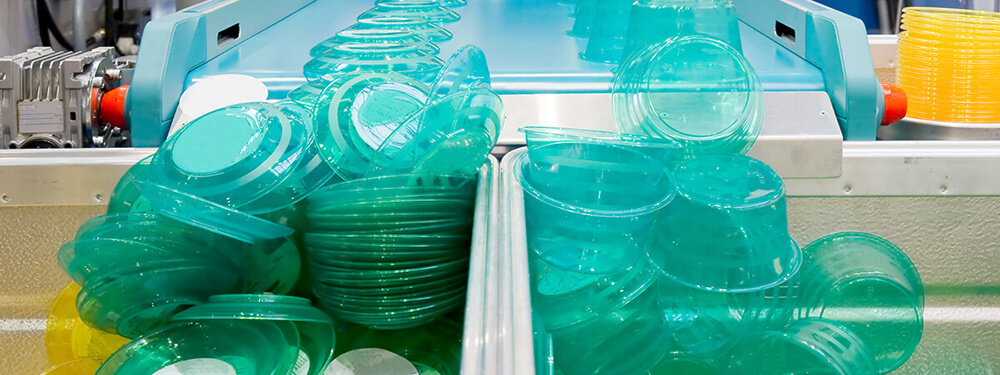High volume, low margin operation saves almost $1 million with a 30% improvement in productivity in just over six months.
Business leaders tend to be too conservative when it comes to setting operational improvement goals. They’re too conservative in their estimation of what’s possible and too shortsighted when considering what’s necessary to maintain their margins and competitive position. Take an annual productivity improvement goal of 2-3% as an example. That’s a fairly typical target but in most markets it’s not enough to keep up with inflation (hourly labour and benefits cost increases).
There are many opportunities to drive substantial productivity improvements if business managers understand what’s possible, and then go after it in a deliberate way. In this case study we describe the 30% productivity gains that we helped a client realise over 6 months in a highly automated, high volume manufacturing operation, and explain in detail how those gains were achieved.
Challenge: Make financially significant productivity improvements in a high-volume, automated production operation.
The facility’s 11 highly automated production lines, each roughly 100 feet long, make thermoformed food packaging products. The plastic resin is syphoned into the plant from outside siloes, melted and formed into a thin sheet 40- to 60-inches wide, which is then vacuum-formed over a mould. Next, the product is cooled, trimmed to its final shape and stacked. Each line has an output capacity as high as 30 units per second.
The plant runs 24 hours a day, seven days a week, over four shifts. Company leaders considered the operation fairly efficient, and the business as a whole was profitable. There wasn’t an immediate crisis or “burning platform” that triggered TBM’s engagement. But this is an extremely competitive business segment and they’re always looking for ways to improve efficiency. The new site leader knew there was some untapped potential for improvement and needed help uncovering it.
Streamlining production steps and utilising existing people more effectively is a key element of any productivity improvement effort. When we started each production line had one operator. Loaders covered one or two lines, readying the product for final packaging; most of these people were temporary employees. Two floaters moved around the production area as needed.
Solution: Over six months and three phases, TBM helped our client analyse current processes and identify potential productivity savings, then plan and rollout a variety of labour allocation and process changes.
Of course, making productivity improvements that cannot be maintained is a waste of time and effort. The documentation and training sessions helped sustain the new processes and performance levels. Other deliberate management actions that have helped maintain the productivity gains include standard work audits, continuing coaching, operator development plans (to maintain competencies across all shifts) and an ongoing leadership presence on the plant floor.
This project demonstrates the productivity improvement potential that we helped our client capture and maintain over the course of six months. In addition to TBM’s support, it required significant management effort to lead the people on the plant floor through the changes. The 30% productivity improvement and subsequent labour cost reductions easily justified the investment.
Results: Total production positions were reduced from 27 to 19 per shift, a 29.6% reduction, which equates to almost $1 million in annual productivity savings.
The standard work instruction sheets for operators and floaters follow a checklist format, starting with the review of machine settings, process parameters and performance of routine maintenance tasks. Today, operators record any issues that pop up and turn in the sheets to their supervisors at the end of each shift.
Other documentation that we helped develop was designed to reinforce the more rigorous daily management system. This includes a detailed load balance and utilisation playbook, safety/quality/delivery/cost (SQDC) tracking sheets, and 5S audit sheets. The use of this documentation a tools is supported by MDI (managing for daily improvement) training, which TBM introduced to all supervisors and the more senior operators.
Productivity Improvement Success Factors
- Leadership dissatisfaction with incremental 2–3% annual productivity gains.
- Detailed analysis of current labour content.
- A clear future state target and planned transition.
- Standard work instruction sheets documenting job responsibilities.
- Absorb labour requirement reductions and capture savings through attrition.
- Standard work audits, coaching and employee development plans.
- Adoption of a rigorous daily management and improvement system.
- Leadership engagement and presence throughout the implementation of changes.

